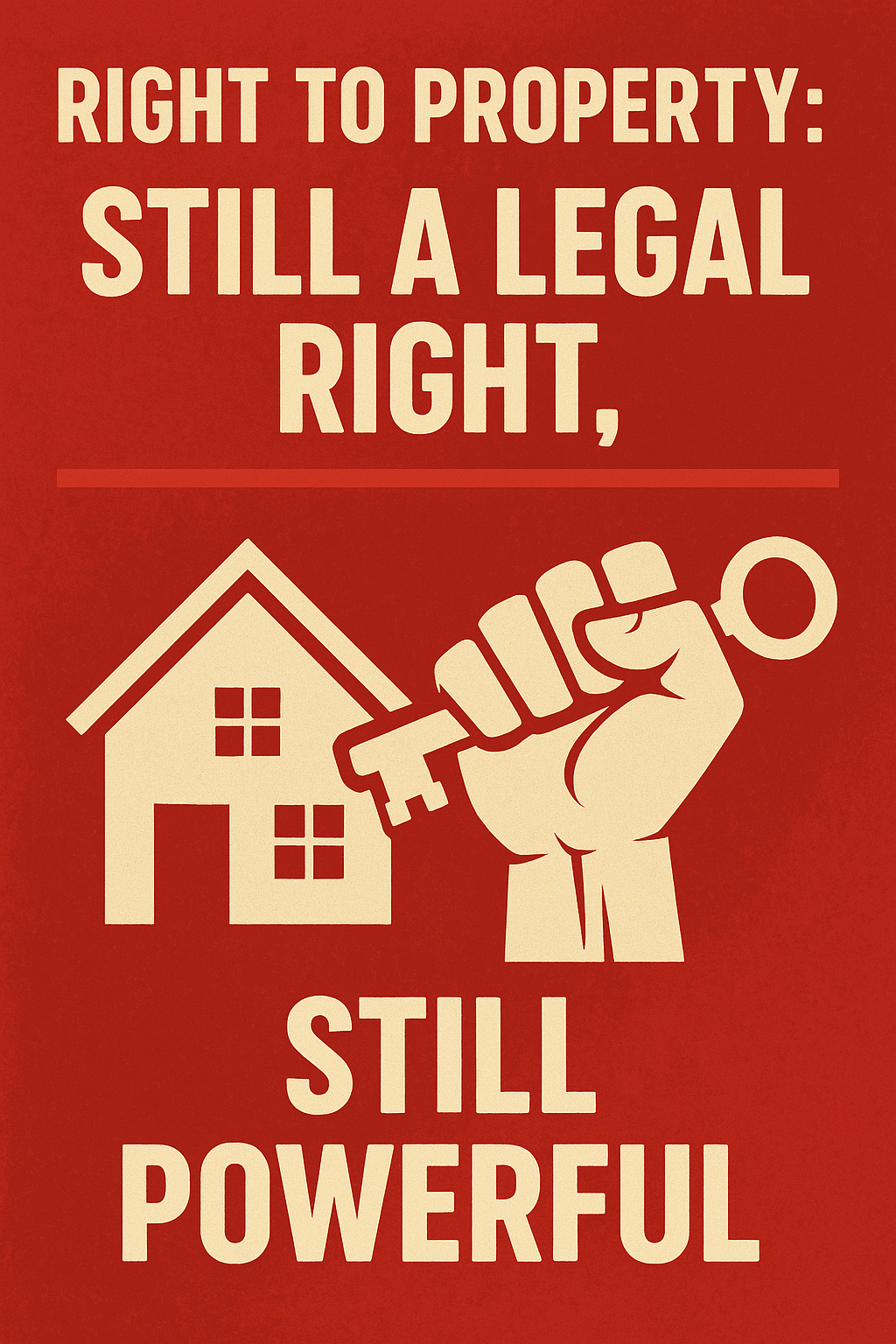Zoning and Related Issues under Land Use Law
Zoning and Related Issues under Land Use Law
What is Zoning?
Zoning is a land use control mechanism employed by local governments to regulate the use of private property within their jurisdictions. It divides land into zones or districts—residential, commercial, industrial, agricultural, etc.—and specifies the types of buildings and activities permitted in each.
The primary purposes of zoning include:
Promoting public health, safety, and general welfare.
Preventing land-use conflicts (e.g., industrial next to residential).
Managing urban growth and preserving property values.
Protecting the environment and historical sites.
Legal Basis for Zoning
Zoning authority generally derives from the police power granted to states and delegated to local governments. This power allows regulation to protect the public welfare, including land use.
Key principles:
Zoning ordinances must be reasonable and have a substantial relation to the public health, safety, morals, or general welfare.
Zoning must not be arbitrary or capricious.
Zoning ordinances must provide due process and not violate constitutional protections, particularly the Fifth Amendment's prohibition against uncompensated takings.
Types of Zoning Controls
Euclidean Zoning: Dividing land into districts with use restrictions.
Performance Zoning: Regulating based on impacts (e.g., noise, pollution).
Incentive Zoning: Allowing exceptions if developers provide public benefits.
Overlay Zoning: Special rules layered on top of existing zones (e.g., historic districts).
Common Zoning Issues
Nonconforming Uses
When a zoning change prohibits a pre-existing use, that use is “nonconforming.” Nonconforming uses are usually allowed to continue but cannot be expanded.
Variances
Exceptions granted to property owners to deviate from zoning rules due to unique hardships.
Spot Zoning
Favoring one parcel by rezoning it inconsistently with the surrounding area, often challenged as arbitrary.
Exclusionary Zoning
Zoning that effectively excludes certain groups, often low-income or minorities, leading to legal challenges.
Zoning Amendments and Rezoning
Changes to zoning maps or ordinances that may be challenged if arbitrary or discriminatory.
Takings Claims
If zoning restricts property use so much it deprives the owner of economic value, it may be a “regulatory taking” requiring compensation.
Key Case Law Examples
1. Village of Euclid v. Ambler Realty Co. (1926)
Issue: Constitutionality of zoning laws under police power.
Facts: The village of Euclid, Ohio, enacted zoning ordinances restricting industrial uses in certain areas. Ambler Realty’s land was restricted.
Holding: The U.S. Supreme Court upheld zoning as a valid exercise of police power and a reasonable method to promote public welfare.
Significance: Established the constitutionality of zoning laws and gave rise to the term “Euclidean zoning.”
2. Penn Central Transportation Co. v. New York City (1978)
Issue: Whether historic preservation regulations amounted to a taking without compensation.
Facts: Penn Central wanted to build a high-rise over Grand Central Terminal but was denied due to NYC’s landmark preservation laws.
Holding: The Supreme Court ruled no taking occurred, balancing the economic impact, interference with investment-backed expectations, and the character of government action.
Significance: Established a framework for analyzing regulatory takings claims.
3. Village of Belle Terre v. Boraas (1974)
Issue: Validity of a zoning ordinance restricting the number of unrelated persons living together.
Facts: Belle Terre zoning limited occupancy to families, preventing groups of unrelated individuals from living in the same home.
Holding: The Supreme Court upheld the ordinance, ruling it was a legitimate exercise of the police power to promote family-oriented neighborhoods.
Significance: Confirmed zoning ordinances that regulate occupancy for community welfare.
4. Southern Burlington County NAACP v. Township of Mount Laurel (1975)
Issue: Exclusionary zoning and affordable housing.
Facts: The Township's zoning excluded low- and moderate-income housing.
Holding: The New Jersey Supreme Court ruled that municipalities must use zoning to provide a realistic opportunity for affordable housing.
Significance: Landmark decision promoting fair housing and fighting exclusionary zoning.
5. Nollan v. California Coastal Commission (1987)
Issue: Conditions on land-use permits as “exactions.”
Facts: The Coastal Commission required Nollan to grant a public easement as a permit condition for building a house.
Holding: The Supreme Court held that such conditions must have an “essential nexus” to the public purpose, or they amount to unconstitutional takings.
Significance: Clarified limits on land-use permit conditions.
Summary
Zoning is a foundational tool in land use law, balancing private property rights with community interests. While generally upheld, zoning regulations must be reasonable, serve public purposes, and avoid unconstitutional takings or discrimination. Courts continually refine these principles through landmark cases, shaping the landscape of land use regulation.












0 comments